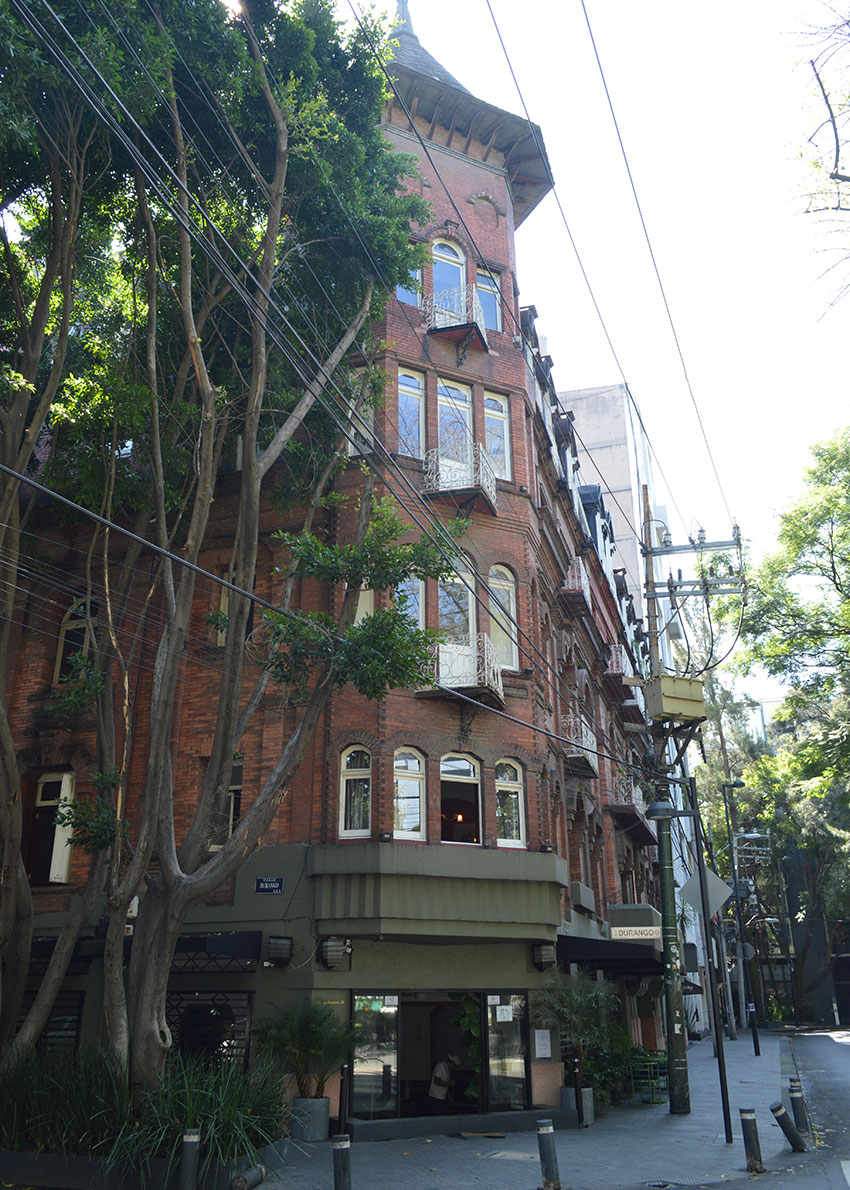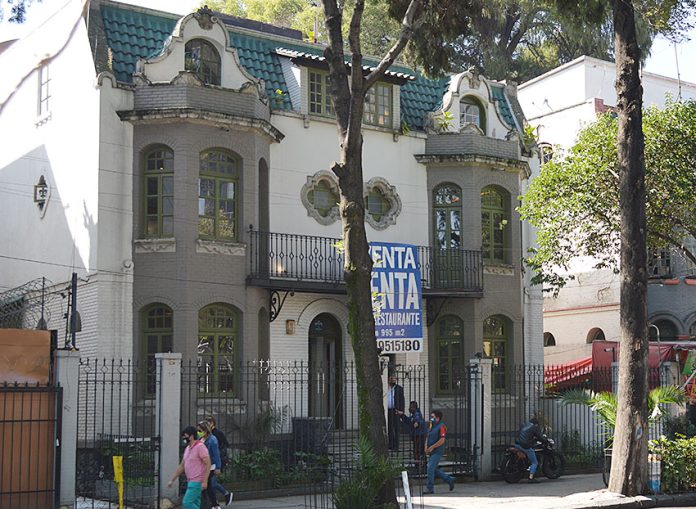While no one should ever confuse Day of the Dead with Halloween, at this time of the year thoughts turn to the hereafter. With over 500 years of modern history and thriving civilizations that came before that, it is no surprise that Mexico has an abundance of ghost stories.
All colonial cities have their haunted places, but perhaps Mexico City even more so. Paranormal investigator Antonio Zamudio of the paranormal investigation agency AMIP says not only is the city’s history written in blood, probably all of the buildings in the historic center are haunted.
For the classic “haunted house” there are several notable stories, but only one in the historic center. Don Juan Manuel Solórzano lived on República de Uruguay 90. According to the story, he was convinced his wife was cheating on him, and he sold his soul to the devil for the chance to kill her lover.
The devil told him to stand outside his house at 11:00 p.m. and kill the first man that passed by. This Don Juan Manuel did, but the devil told him it was the wrong man. He would have to repeat the process until he received a sign indicating that he got the right one.
But the sign never came because his wife was faithful. Today it is said that the don sometimes appears and asks passersby for the time. If you answer 11:00 p.m. he replies, “Fortunate is one who knows the hour of his death” and disappears.

The Casa Negra or Casa de Montenegro is located on prime real estate in upscale Colonia Roma. Actually, there are two abandoned houses here which date back to the late 19th century. The one with graffiti is assumed to be the haunted one, but Zamudio says it is the other.
It has seen attempts to convert it into a restaurant, but never with success. Its story is that it was used for patients during an outbreak of typhoid in the 1930s but the neighbors wanted it gone so they set it on fire with the patients and doctors inside. There are reports of screams coming from the house to this day.
The case of the La Moira house is relatively recent, dating from the 1970s. This ordinary looking abode is located in San Miguel Chapultepec, west of the historic center. A child named Marco found the house with its door open and decided to go in. There, he found the body of another child hanging in one of the rooms. He was terrified, but his parents never believed him.
As an adult, he decided to return but never walked out. Instead, his body was found hanging from a beam. The owner of the house today is known as La Moira. With an interest in the paranormal, she has invited artists to paint what they want inside. The works deal with themes of sadness, desolation, and even suicide. It is said that there are at least three ghosts in the place, including Marco’s.
The other two famous houses, Zamudio says, are not really haunted. He says these stories are “fake news” repeated only because they got into the press.
The Casa de las Brujas (Witches’ House) is located on Rio de Janeiro 56 in Colonia Roma and its story centers on Barbara Guerrero, who lived in the building. She was reputed to be a witch or shaman who performed rituals and even “sadistic” healings as late as the 1960s.

Its reputation for being haunted likely comes from its appearance, an English-style construction of the very early 20th century. Guerrero died in 1979 and was declared a fraud, but people began to report hearing laments, screams, and the movement of tables and chairs at odd hours.
The other concerns a large mansion on the western edge of Chapultepec Park overlooking a ravine. This is the Casa de la Tía Toña (Aunt Antonia’s House), which supposedly belonged to a rich woman with no family. She decided to adopt poor children to raise there.
One version of the story said she went crazy and killed the children, hiding their bodies in the house. Other versions say the children made fun of or mistreated her, so Tía Toña threw them into the ravine, before or after losing their lives. The stories agree that the woman’s ghost is still with the house, either inside and/or on the nearby grounds, with images of a woman in the windows and/or sounds of children crying or a woman scolding.
One story that Zamudio says is real but does not get the attention it deserves involves the House of the Tiles, better known today as the Sanborn’s restaurant near the Palace of Fine Arts in the historic center. This is a popular tourist location, with its fine blue and white talavera tiles distinguishing it from the other buildings in Mexico City.
According to Zamudio, it is best not to go into the women’s bathroom alone. There have been four reports from four different decades of a woman dressed in fine clothes from the colonial era. The stories are remarkably similar. Women report seeing something in the bathroom mirror, but when they turn around the image disappears or screams.

Mexicans are just as fond of ghost stories as anyone. Last year the Turibus had a special run to haunted places in the city (suspended this year due to Covid-19). Zamudio’s investigation agency still has its Tour Insólito (Unbelievable Tour). It is not meant to be a fairgrounds, haunted house-type scare but visits places with paranormal histories so that participants can investigate for themselves.
The collective nature of such a guided investigation makes it “safer,” but Zamudio does not recommend it for the faint of heart.
Leigh Thelmadatter arrived in Mexico 17 years ago and fell in love with the land and the culture. She publishes a blog called Creative Hands of Mexico and her first book, Mexican Cartonería: Paper, Paste and Fiesta, was published last year. Her culture blog appears weekly on Mexico News Daily.
